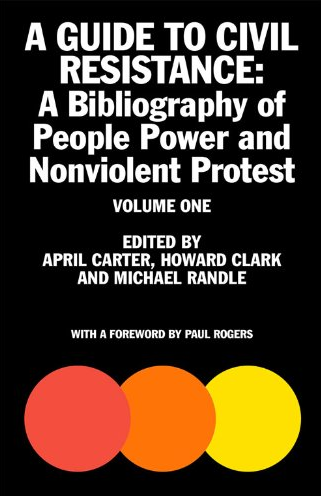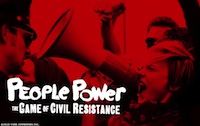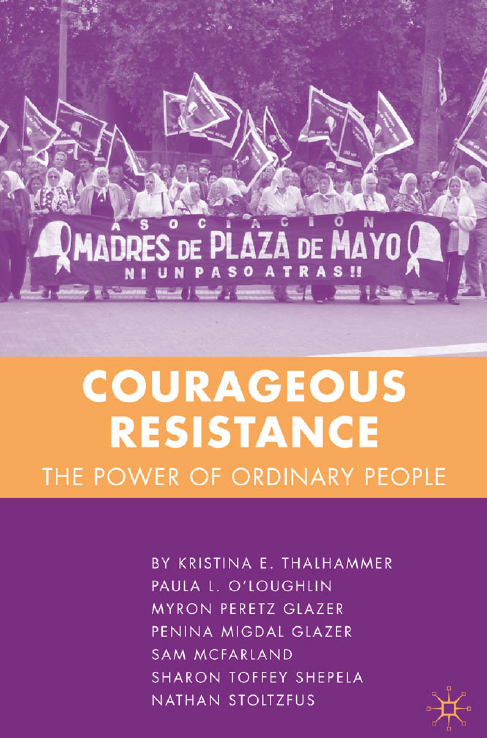
A Guide to Civil Resistance: A Bibliography of People Power and Nonviolent Protest, Vol. 1
If we talk about ‘people power’ or ‘nonviolent action’, most people will immediately think of Gandhi or Martin Luther King, a few will recall the end of the Marcos regime in the Philippines in the mid-1980s, and some others will remember or have heard of the Prague Spring nearly two decades earlier. Moreover, for most activists and others involved in peace action and movements for social change, there will be little knowledge of the theories of nonviolent action and still less of the huge number of actions taken in so many countries and in such different circumstances across the world. Even recent events across the Middle East are rarely put in a broader historical context.
The book is subtitled A Bibliography of People Power and Nonviolent Protest, but it is much more than this. Although the focus is on post-1945 movements, the opening section provides a wide-ranging introduction to the history and theoretical bases of nonviolent action, as well as reflecting the most recent contributions to the literature and citing key reference works and internet sites. All the main sources have accounts of their content and relevance, frequently managing to get to the core of the books or articles in just a couple of sentences.
What really comes across is the sheer range of examples contained within this bibliography. It is extraordinarily impressive, taking us through the campaigns in Eastern Europe and the Soviet Union at the end of the Cold War, the earlier actions in late colonial Africa, campaigns of nonviolent resistance in Latin America and the Middle East and the growing number of ‘electoral revolutions’ since 2000, especially in post Soviet states and Africa, and the burgeoning resistance to repression in various forms.
Merlin Press, December 2013
ISBN-10: 185451082
ISBN-13: 978-185425-108-4


